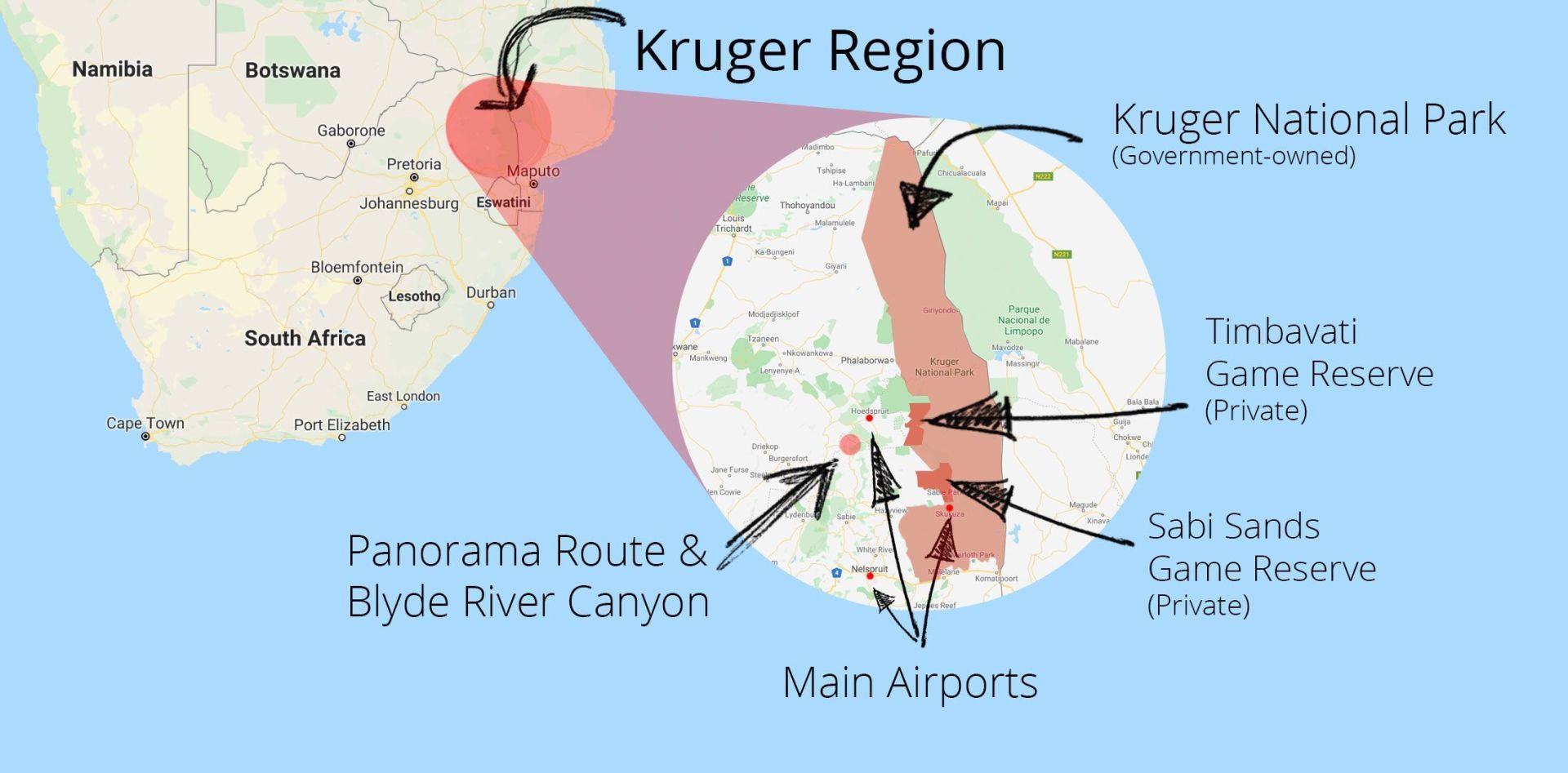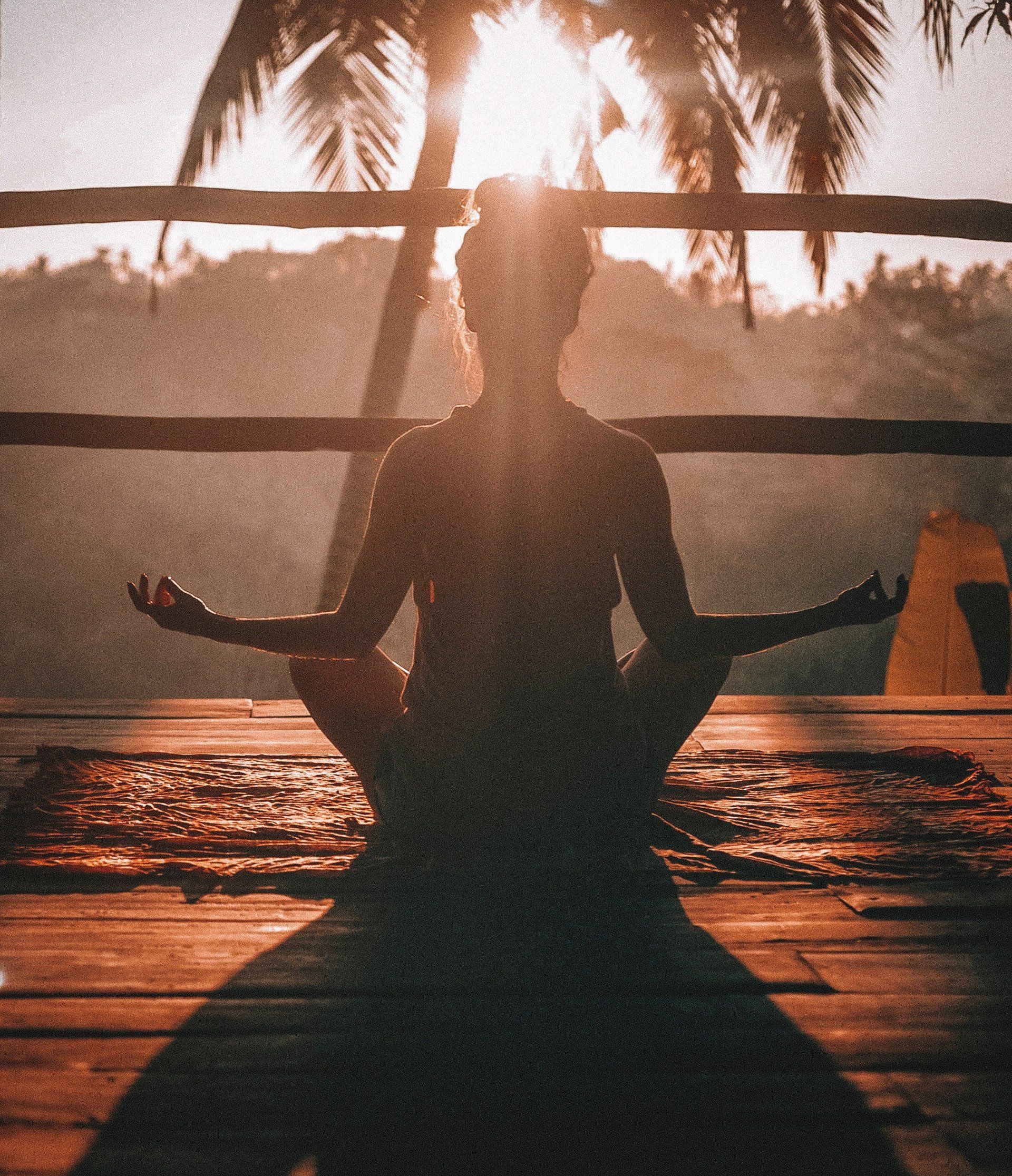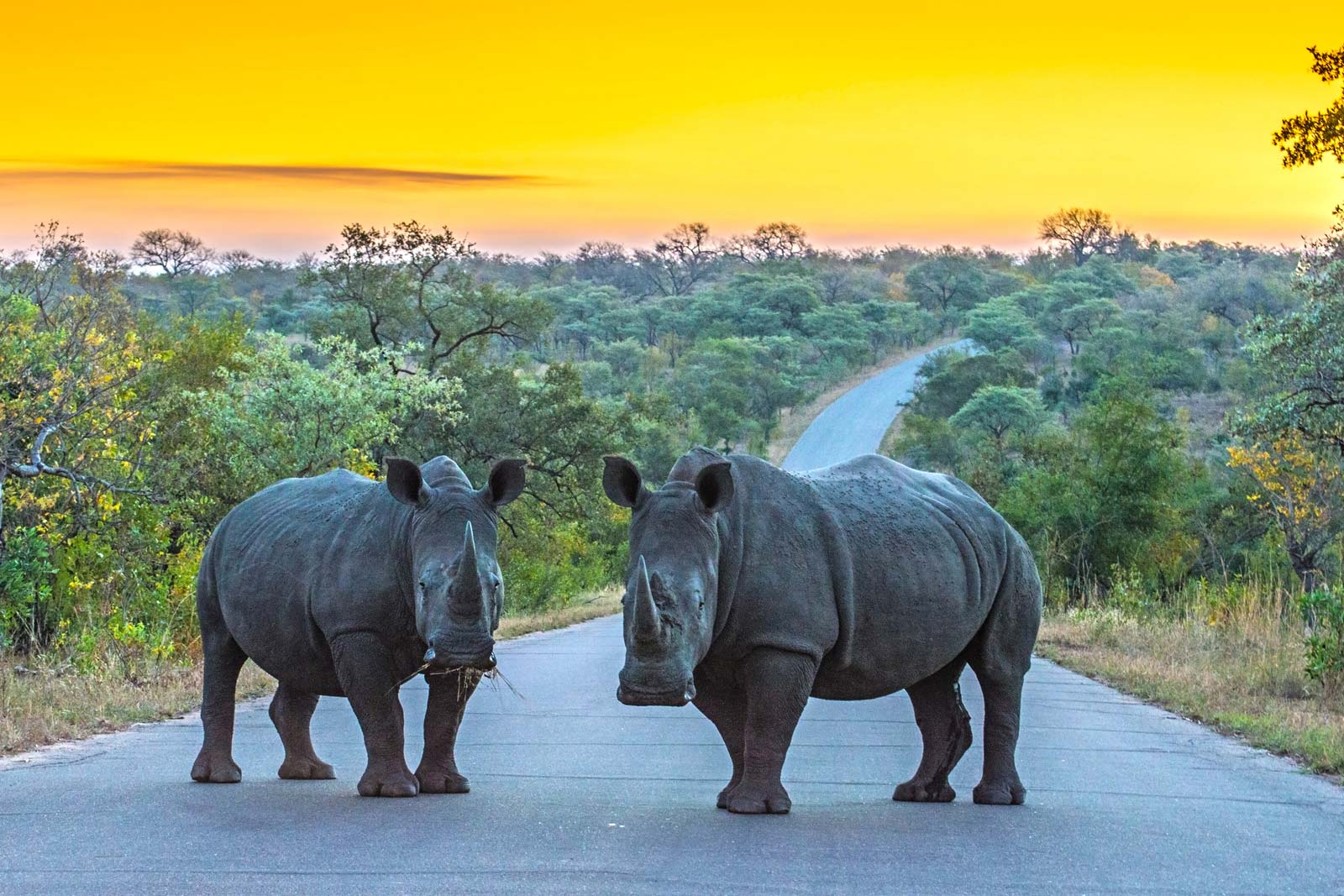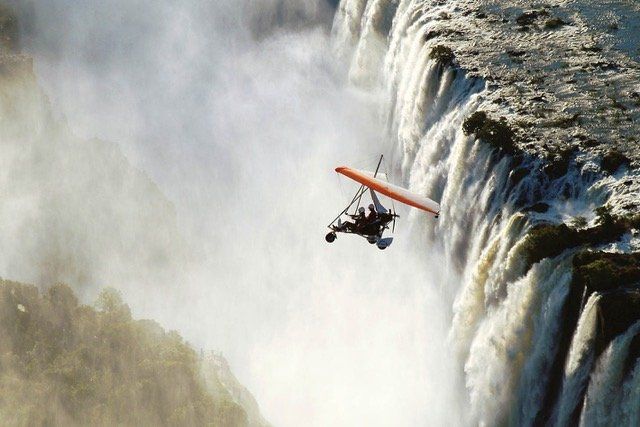Kruger is an all year-round destination. When you choose to go depends on your priorities.
Winter (June - September): Many safari enthusiasts will tell you the best time to visit Kruger is during the peak of dry season, June to August. Because of the lack of water, the wildlife gathers around waterholes and the vegetation thins out which makes viewing much easier, allowing the rangers to spot the Big 5 from a far distance. The weather is also gorgeous, as temperatures stay mild and as a general rule, skies are sunny with no rain and the malaria risk is at its lowest.
Early morning game drives at the crack of dawn in open vehicles can get pretty chilly, with temperatures as low as 5°C / 40°F, so it’s important to pack something warm. However, the temperatures improve much during the day, averaging around 15°C / 60°F.
Autumn (April- May) and Spring (September - November): Our own favourite time to go to Kruger is the in-between seasons, when the temperatures are milder, so that you can enjoy your swimming pool, and the days are still generally dry. October is an especially nice month, just before the summer arrives in full force.
Summer(November - March): Summer is the rainy season in Kruger National Park. The heat and humidity levels peak, and you can easily expect temperatures up to or even exceeding 40°C / 105°F. This is also a good breeding ground for mosquitos, so be sure to take antimalarial medication beforehand.
However, thanks to the rains, the scenery becomes green and lush and it is birthing time! If you wish to come back with lots of cute baby animals’ pictures, this is the best time to visit the Kruger Park! If you’re a fan of birding, summer is also an excellent time to get those binoculars out, as animal and birdlife are thriving. Game drives usually start and finish earlier in the morning, before the day gets too hot, and the rest of your days are spent relaxing around the lodge pool.



















